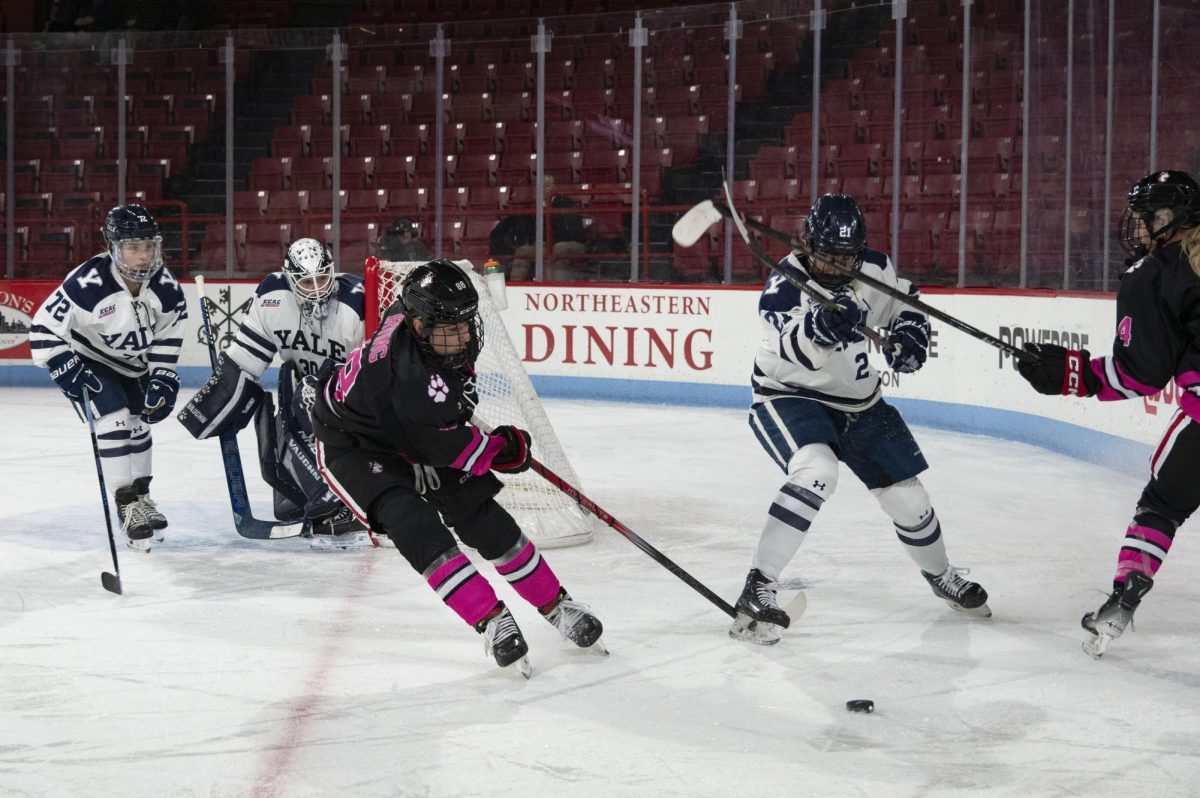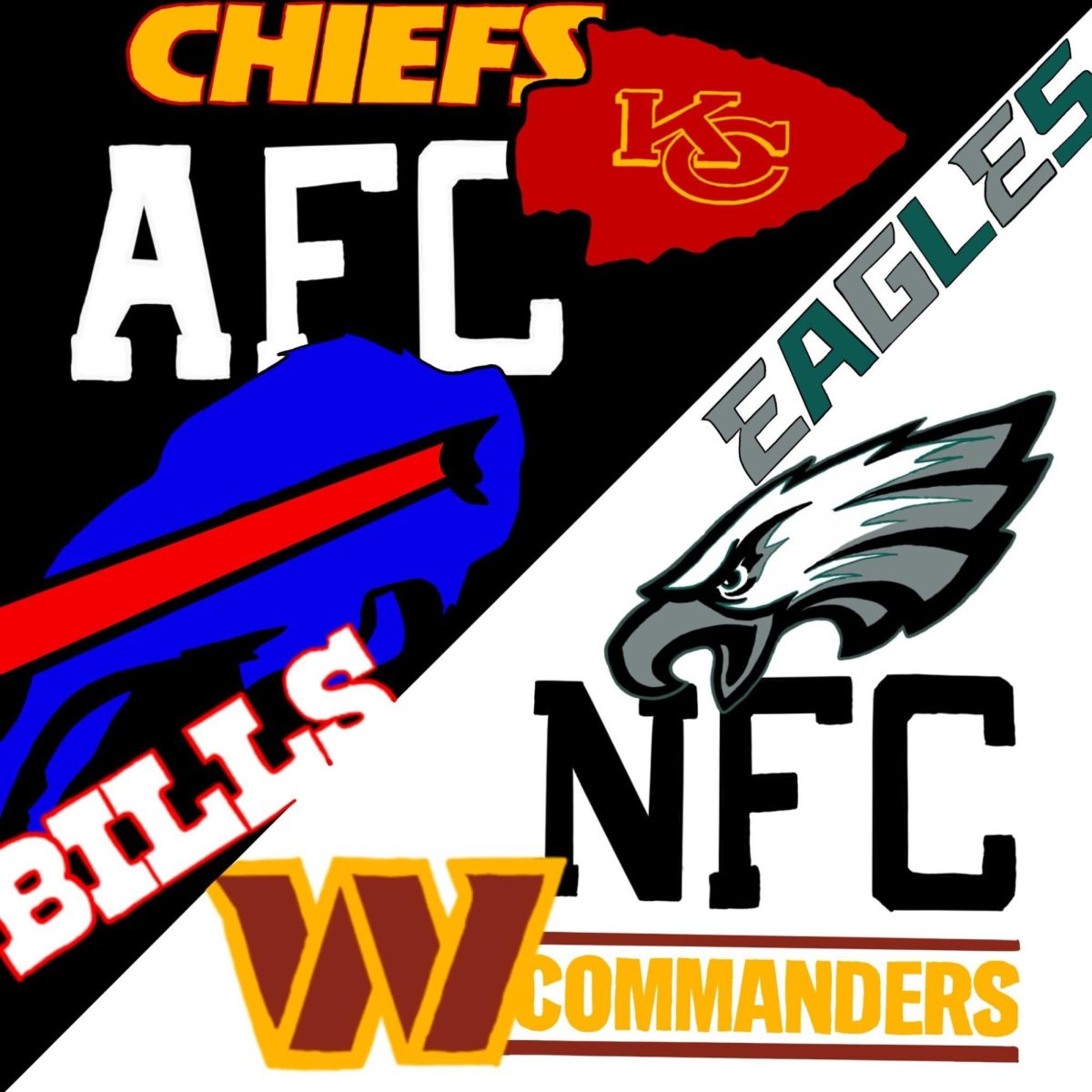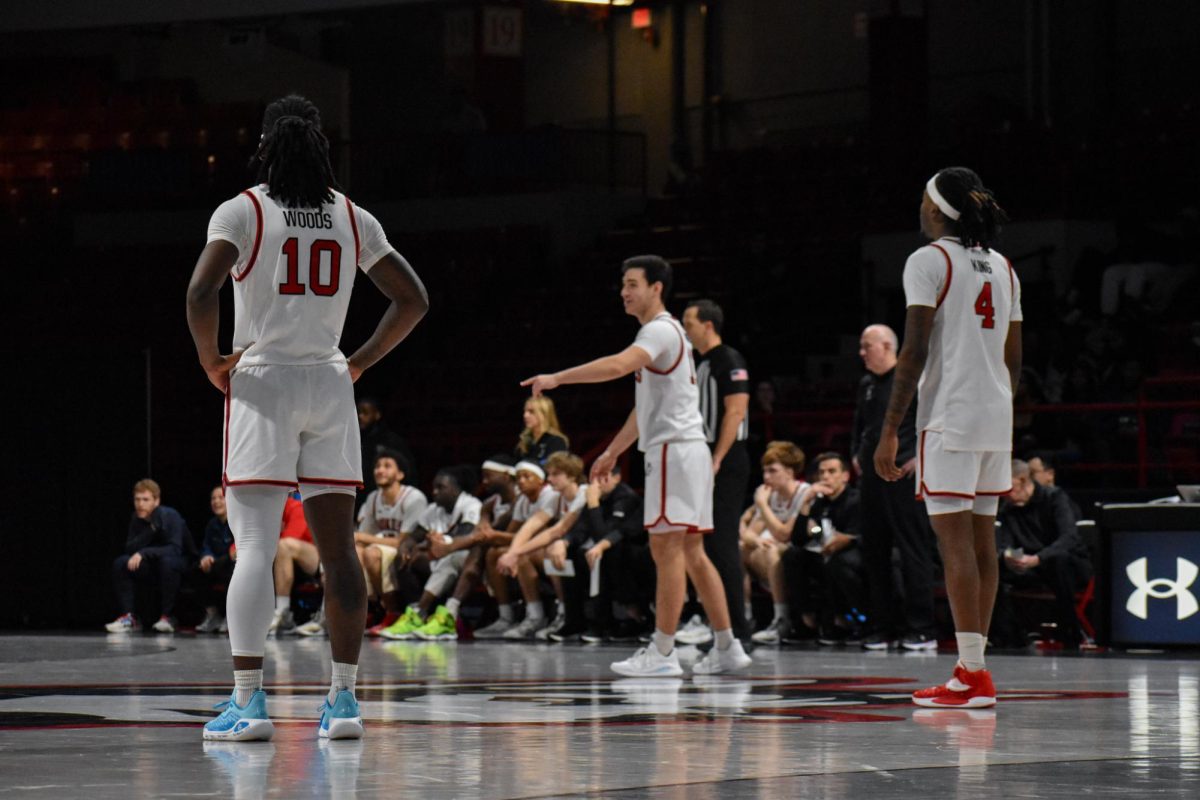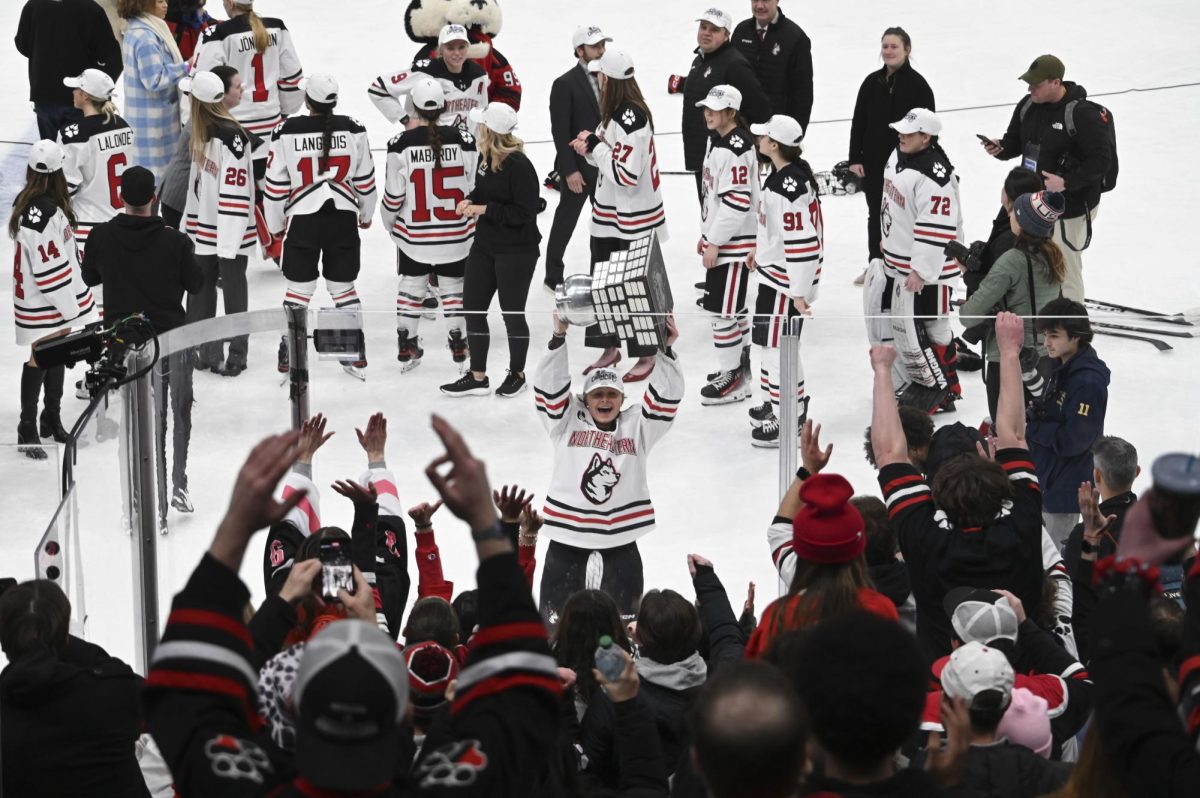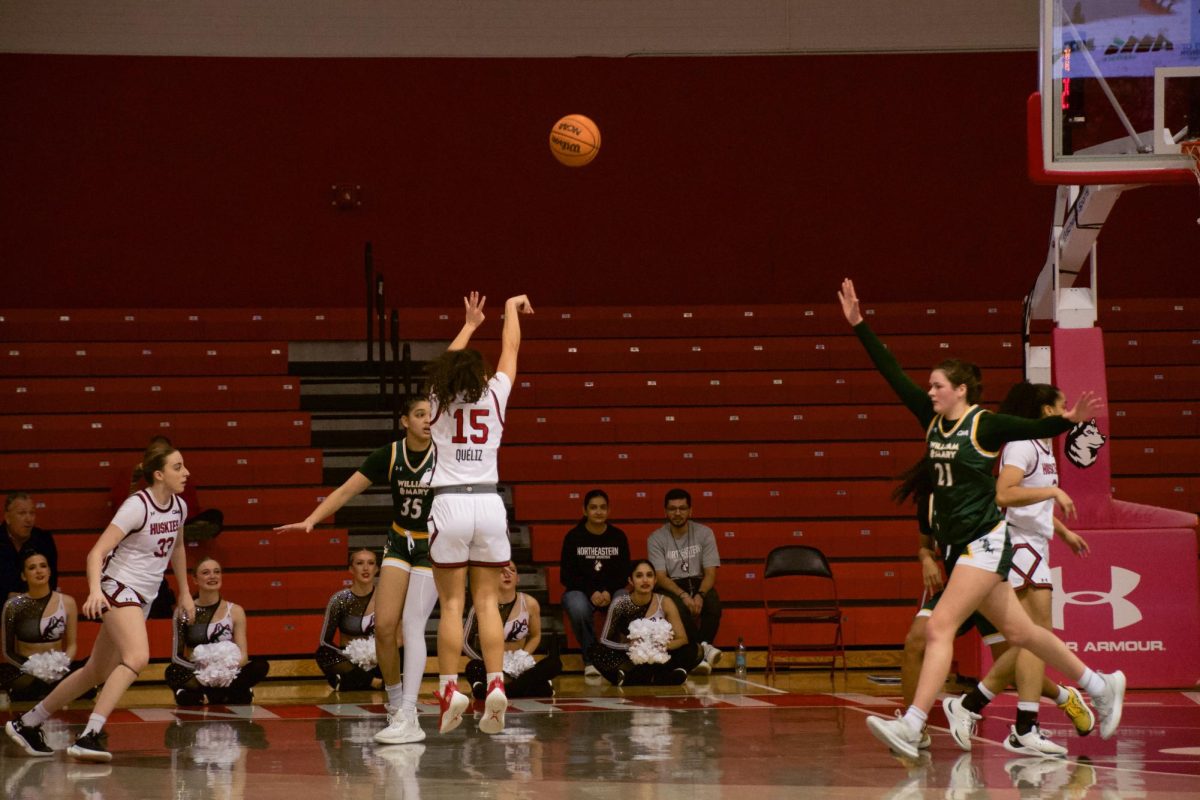By Dylan Lewis, News Staff
In addition to the tinkering with batting stance, stride lengths and pitch grips, players that reported to spring training earlier this month will have another adjustment to make in preparation for the 2014 baseball season.
Earlier this week, Major League Baseball and the MLB Players Association released a new article to the code governing the game, Rule 7.13.
The rule targets home plate collisions, and reads:
“A runner attempting to score may not deviate from his direct pathway to the plate in order to initiate contact with the catcher (or other player covering home plate). If, in the judgment of the umpire, a runner attempting to score initiates contact with the catcher (or other player covering home plate) in such a manner, the umpire shall declare the runner out, even if the player covering home plate loses possession of the ball.
“Unless the catcher is in possession of the ball, the catcher cannot block the pathway of a runner as he is attempting to score. If, in the judgment of the umpire, the catcher, without possession of the ball, blocks the pathway of the runner, the umpire shall call or signal the runner safe.”
This change is an experimental rule for this upcoming season that will be reviewable under the MLB’s new instant replay policy. The catalyst for the addition is concern over player safety.
In 2011, San Francisco Giants catcher and reigning National League Rookie of the Year, Buster Posey missed nearly three-quarters of the season with injuries sustained during a collision with Florida Marlins outfielder Scott Cousins. Posey was attempting to field a throw from teammate Jonathan Schuerholz when Cousins barrelled into him, making no attempt to touch home plate. Because of Posey’s crouched receiving stance, his left foot was caught underneath him as his body snapped backwards from the impact, resulting in a fractured fibula and three torn ligaments in his ankle. The throw from the outfield never found the catcher’s mitt.
As Posey squirmed on the ground, Cousins gathered himself and tagged home plate.
Under Rule 7.13, Cousins would have been called out, as he failed to make an effort to touch home plate in the path he took to colliding with Posey. While the rule disallows catchers from blocking the pathway to the plate without the ball, there is an exception if the catcher could not have otherwise fielded the throw. Had Cousins attempted to slide around Posey and made contact with him, the rule would not apply, provided:
-
his legs and buttocks made contact with the ground prior to hitting Posey on a foot-first slide
-
his body made contact with the ground prior to hitting Posey on a head-first slide.
These sliding contingencies enhance protection for catchers against some of the less forceful, but equally devastating injuries that can occur even when a baserunner doesn’t lower his shoulder. Another young star, Cleveland Indians catcher Carlos Santana, missed the final two months of the 2010 season after a gruesome play at the plate with Red Sox outfielder Ryan Kalish. As Shin-Soo Choo’s throw came in from right field, Santana prepared to receive the ball and extended his left leg out to block the plate from the oncoming baserunner.
Kalish attempted a foot-first slide, but entered the motion too late, making contact with Santana’s leg prior to hitting the ground. The catcher’s planted foot combined with the inward force from Kalish’s contact caused Santana’s knee to hyperextend. Santana was forced to have season-ending surgery to repair his lateral collateral ligament.
While Rule 7.13 is a step in the right direction for player safety, over the course of the season, close plays at the plate are inevitable. Teams truly worried about the long-term health of young catchers might follow the lead of Washington Nationals, who moved top prospect Bryce Harper out from behind the dish upon drafting him.



